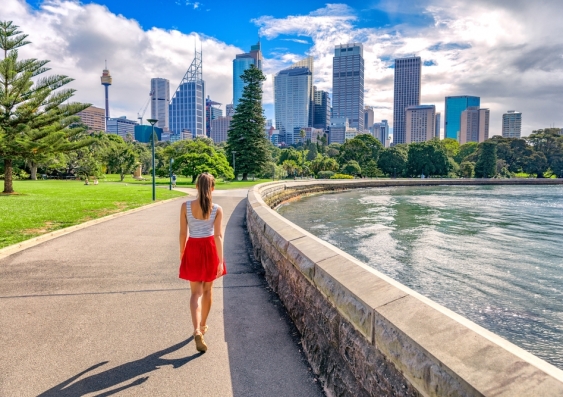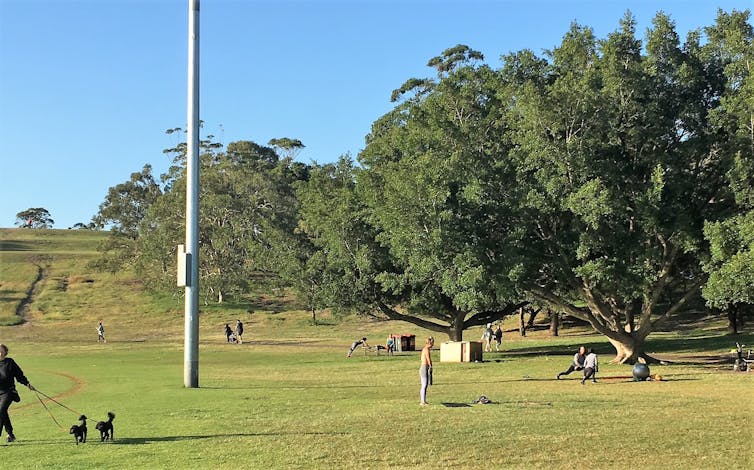Reclaiming the streets? We all can have a say in the 'new normal' after coronavirus
COVID-19 has upturned uses of public spaces that we took for granted. Will shifts in the regulation of these spaces lead to a change in thinking about who “owns” the city?




